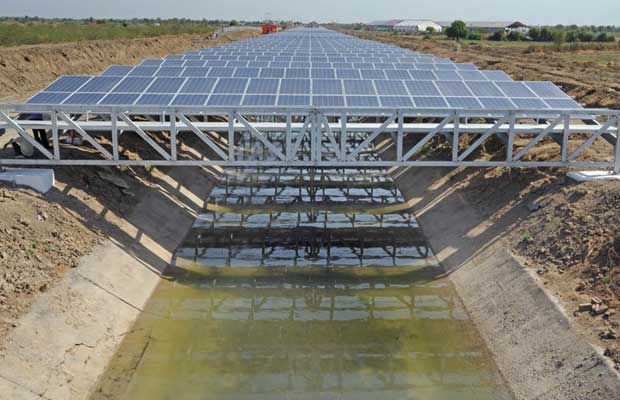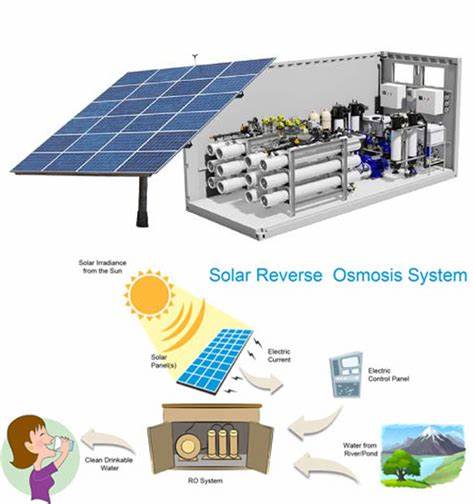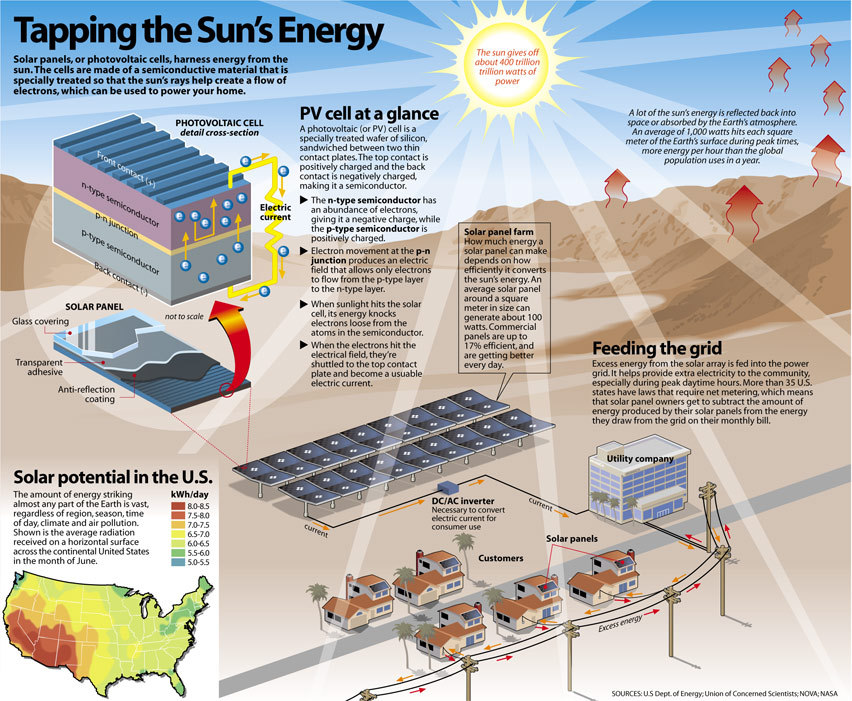
Harnessing Solar Energy for Wastewater Treatment Plants
Introduction
Solar energy is gaining increasing attention in wastewater treatment plants due to its potential for sustainable development and environmental conservation. This article provides an overview of harnessing solar energy for wastewater treatment plants, highlighting its relevance and importance in the context of renewable energy.
Historical Background
Solar energy utilization in wastewater treatment dates back to the early 20th century when solar technologies were first explored for water heating purposes. Advancements in solar technology have paved the way for its integration into various aspects of wastewater treatment. Prior to the adoption of solar energy, traditional methods relied heavily on fossil fuels and grid electricity, which posed environmental and economic challenges.
Key Concepts and Definitions
Solar energy refers to the radiant light and heat emitted by the sun, which can be harnessed and converted into usable forms of energy. Wastewater treatment plants are facilities designed to remove pollutants and contaminants from wastewater, making it safe for disposal or reuse. Photovoltaic systems utilize solar panels to convert sunlight directly into electricity, while solar thermal systems use solar collectors to harness heat energy from the sun.
Main Discussion Points
Benefits of Harnessing Solar Energy for Wastewater Treatment Plants
Harnessing solar energy for wastewater treatment plants offers significant benefits. The main advantage is the reduction in carbon footprint, as solar energy is clean and renewable, minimizing greenhouse gas emissions. Additionally, solar energy provides energy efficiency and cost savings by eliminating the need for fossil fuels and reducing reliance on expensive grid electricity. Solar energy systems are also known for their reliability and resilience, as they can operate even during power outages or grid failures.

Solar Energy Applications in Wastewater Treatment Plants
Solar energy can be applied in various ways within wastewater treatment plants. Solar-powered aeration systems enhance the efficiency of biological treatment and reduce energy consumption. Solar-powered pumping systems can replace conventional pumps, resulting in energy savings and reduced maintenance costs. Solar thermal desalination effectively manages brine disposal by utilizing solar heat to evaporate and condense water.
Integration of Solar Energy Systems in Existing Wastewater Treatment Plants
Integrating solar energy systems into existing wastewater treatment plants requires careful consideration and retrofitting strategies. Structural integrity assessment and suitable locations for solar panel installation are essential. Designing for optimal solar energy utilization involves determining the appropriate tilt and orientation of solar panels to maximize sunlight absorption. Energy storage systems, such as batteries, can ensure a continuous power supply even during periods of low solar radiation.
Case Studies or Examples
Several case studies highlight the successful implementation of solar energy systems in wastewater treatment plants. For example, [Case Study 1] achieved significant energy savings and reduced carbon emissions through a solar-powered wastewater treatment plant. Another case study demonstrated improved treatment efficiency and cost savings through the integration of solar-powered aeration systems in [Case Study 2]. These examples provide valuable insights for future solar energy projects in the wastewater treatment sector.

Current Trends or Developments
Advancements in photovoltaic and solar thermal technologies continue to drive the adoption of solar energy in wastewater treatment. Higher efficiency solar panels and improved solar collectors enable greater energy generation and utilization. Ongoing research focuses on optimizing the performance and efficiency of solar energy systems in wastewater treatment plants. Government policies and incentives promoting solar energy in wastewater treatment facilities play a crucial role in fostering its widespread adoption.
Challenges or Controversies
Despite its advantages, harnessing solar energy for wastewater treatment plants faces challenges. The initial investment costs associated with installing solar energy systems can be significant, posing financial viability concerns. Weather variability, such as cloudy days or low sunlight intensity, can affect the reliability and consistency of solar energy generation. Regulatory and permitting challenges may arise due to the unique requirements and standards associated with solar energy installations in wastewater treatment plants.

Future Outlook
The potential for expanding solar energy applications in wastewater treatment plants is promising. Technological innovations are driving down costs, making solar energy more accessible and cost-effective. Integration with other renewable energy sources, such as wind or hydropower, can enhance the overall sustainability and energy independence of wastewater treatment facilities. The future of harnessing solar energy in wastewater treatment holds great potential for a greener and more sustainable approach to wastewater management.
Conclusion
Harnessing solar energy in wastewater treatment plants offers numerous benefits, including reduced carbon footprint, energy efficiency, and reliability. By implementing solar-powered systems for aeration, pumping, and desalination, these facilities can achieve significant cost savings and environmental conservation. Despite challenges related to costs, weather variability, and regulations, the future outlook for solar energy in wastewater treatment is optimistic. Continued advancements in technology and supportive government policies will further drive the adoption of solar energy, contributing to a greener and more sustainable future for wastewater treatment.




